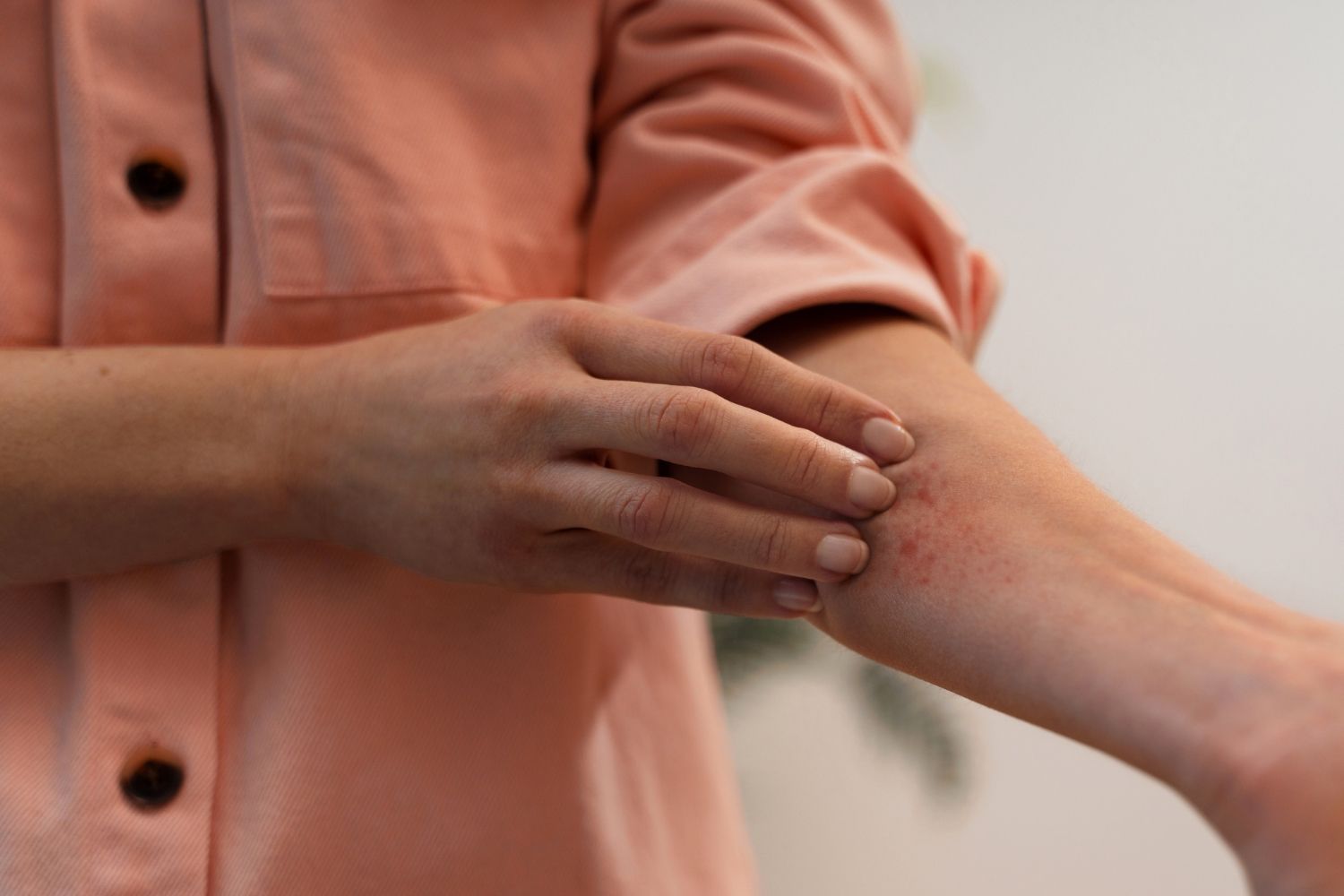Other Treatment Methods

© Freepik
Allergy diagnosis
Allergic diseases are among the most common (chronic) diseases of all. The most widespread are type 1 allergies, so-called immediate-type allergies, such as rhinoconjunctivitis, allergic bronchial asthma, food allergies, insect venom allergies, and anaphylactic reactions. But atopic eczema and certain forms of drug hypersensitivity can also be classified as allergies.
What is an allergy?
An allergy is an exaggerated immune response in which the body classifies harmless substances, such as pollen, Food or dust, as an enemy and tries to combat it by producing an excessive amount of antibodies. And it is exactly this excess of antibodies that triggers strong reactions even to the smallest amounts of the supposed allergen. These reactions range from swollen mucous membranes and runny nose to skin rashes and headaches, and even to asthma attacks and shortness of breath.
Aim of allergy diagnostics
Through all procedures available to allergology, to find out the cause of an allergy and treat it with the right therapies.
Treatment of allergies
First, the type of allergy is determined through a proper diagnosis. Here, the attending physician has the choice between various tests and provocation procedures, such as prick and scratch tests, intracutaneous test, epicutaneous test, blood tests like IgE and RAST determinations, as well as specific eradication diets.
First of all, it is fundamentally necessary to clarify whether the acute symptoms are being treated or whether something is being done about their cause. The simplest way to avoid allergies is to avoid contact with potential allergens, the so-called avoidance. If this is not possible, locally or systemically acting medications can help. Local medications include antihistamines in spray form, corticoid medications (for allergic inflammatory reactions such as swelling), vasoconstrictors (which constrict blood vessels), or cromoglicic acid (which blocks the release of histamine). Systemic medications are antihistamine tablets, which affect the entire body and alleviate the symptoms.
Another possibility is desensitization, a causal rather than symptomatic therapy. Here, allergens are initially administered to patients in low doses regularly and then gradually increased. The increase in dose acclimates the immune system to the allergens, promoting a tolerance development towards the allergy-triggering substances.
Successes
Local and systemic medications achieve only short-term successes, that is only at the time of application. In contrast, desensitization is aimed at ideally eliminating allergy symptoms entirely or at least significantly easing the course of the allergy. Desensitization works best when it is carried out regularly over a period of several months in the year and over several consecutive years.
Risks
Side effects and complications are quite rare. Allergy tablets can cause fatigue and headaches; with desensitization, welts may develop at the injection site after the injection, which disappear on their own quite quickly.
Other Treatment Methods in this Department
Experts for this Treatment Method

- Aesthetic Surgery & Dermatology
Dr. med. Anna Brandenburg
Dermatologische Privatpraxis Dr. Anna Brandenburg
- Aesthetic Surgery & Dermatology
Dr. med. Hanna M. D. Halter
Derma Marienplatz
- Aesthetic Surgery & Dermatology
Dr. med. Anette Zimpfer-Keese
Dres. Zimpfer/Zimpfer-Keese MVZ
- Aesthetic Surgery & Dermatology
Dr. med. Christine Zimpfer
Dres. Zimpfer/Zimpfer-Keese MVZ
- Aesthetic Surgery & Dermatology
Dr. med. Elisabeth Zott-Schuhmachers
Meine Haut München
- Aesthetic Surgery & Dermatology
Dr. med. Timm Golüke
Praxis Dr. med. Timm GolükeAll Experts in this Department
Show All
- Aesthetic Surgery & Dermatology
Dr. med. Anna Brandenburg
Dermatologische Privatpraxis Dr. Anna Brandenburg
- Aesthetic Surgery & Dermatology
Prof. Dr. med. Johannes a. Veit
Nasenchirurgie München
- Aesthetic Surgery & Dermatology
Dr. med. Hanna M. D. Halter
Derma Marienplatz
- Aesthetic Surgery & Dermatology
Dr. med. Anette Zimpfer-Keese
Dres. Zimpfer/Zimpfer-Keese MVZ
- Aesthetic Surgery & Dermatology
Dr. med. Daniel Thome
aesthetic and soul
- Aesthetic Surgery & Dermatology







